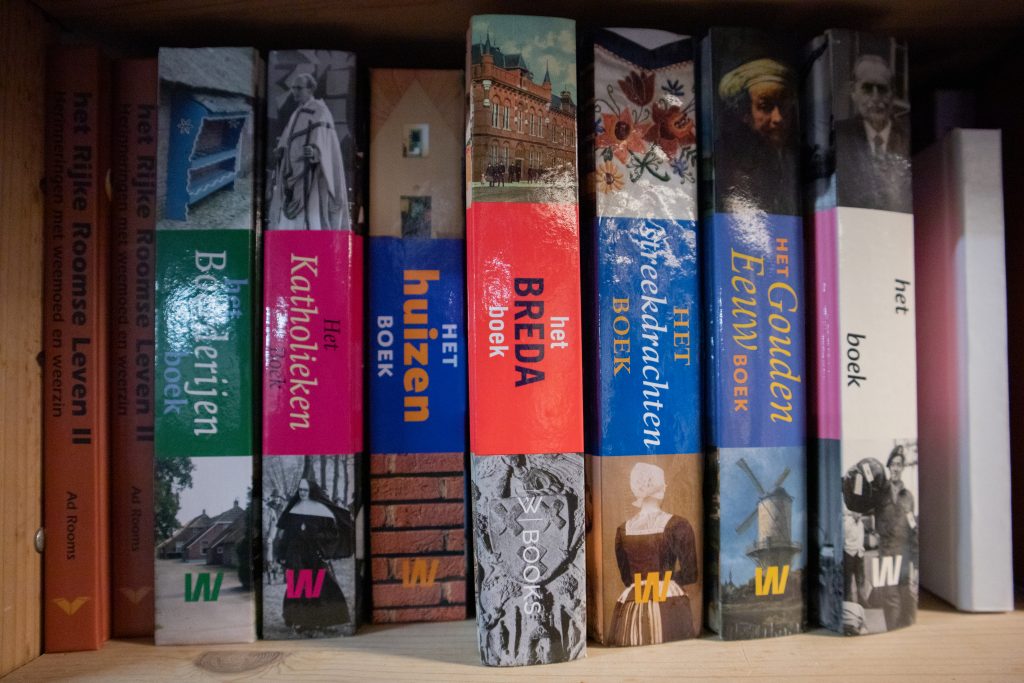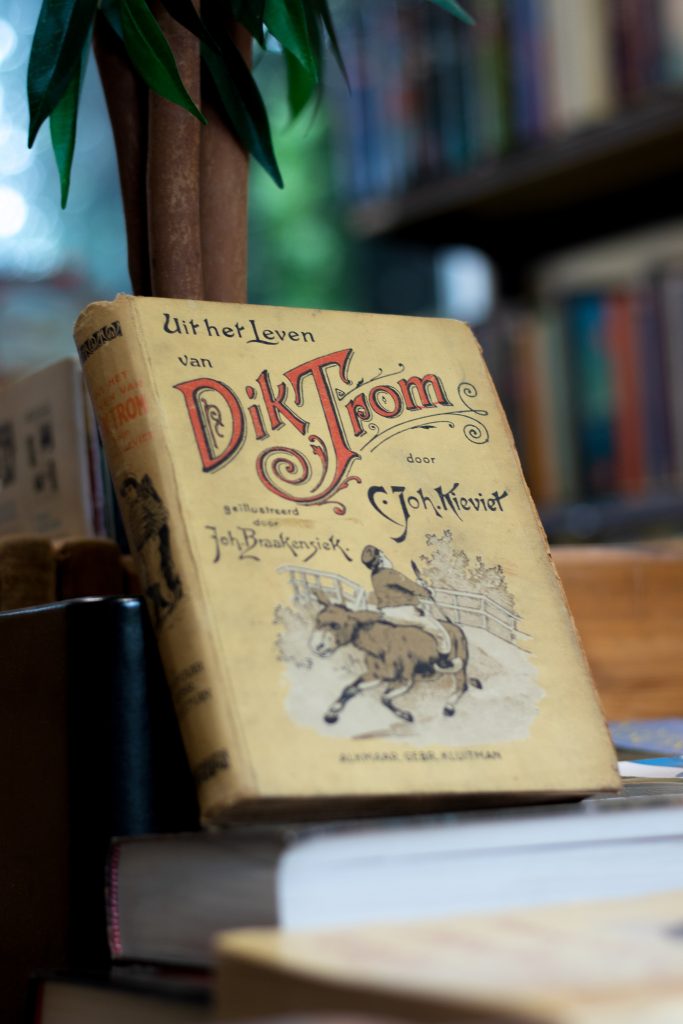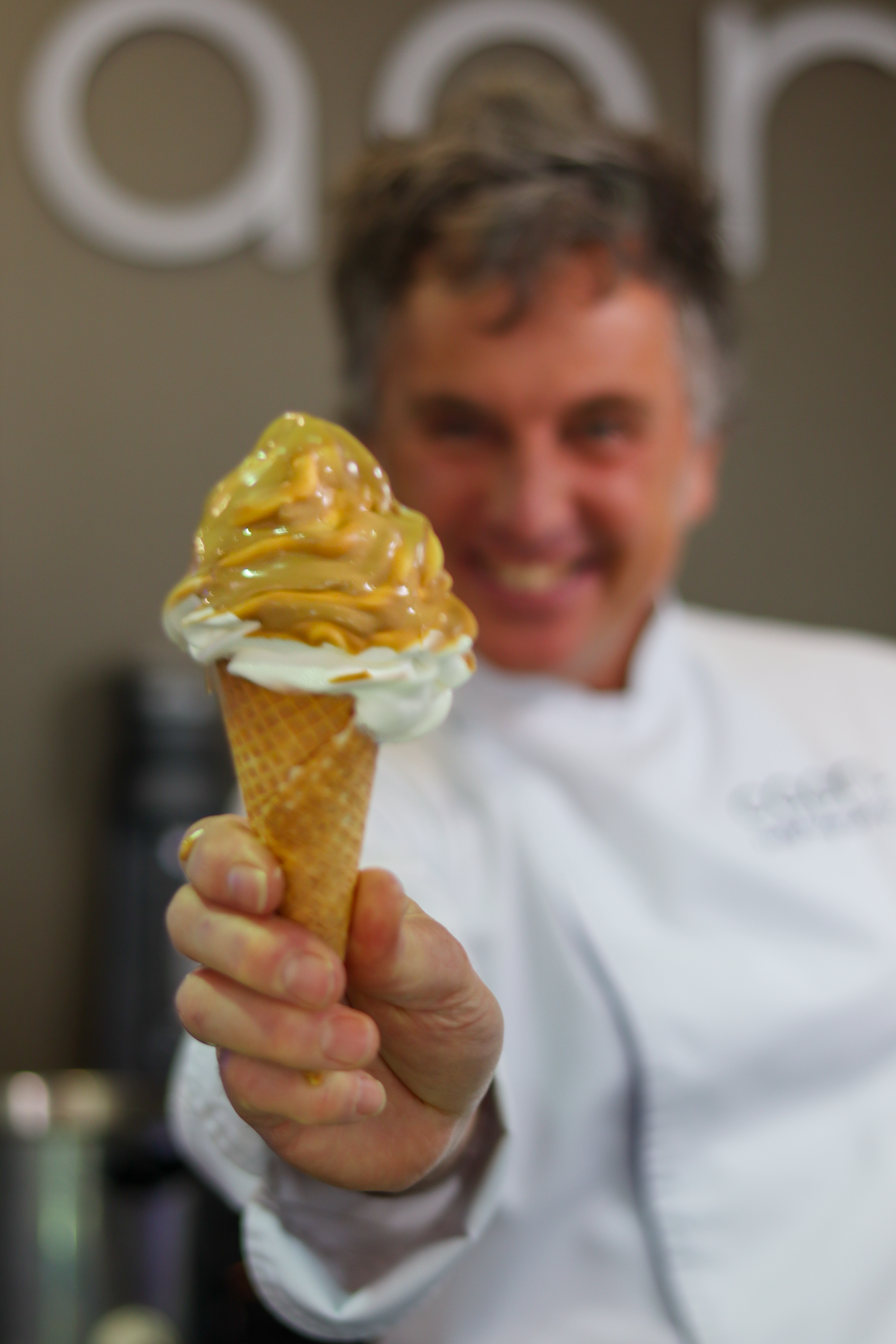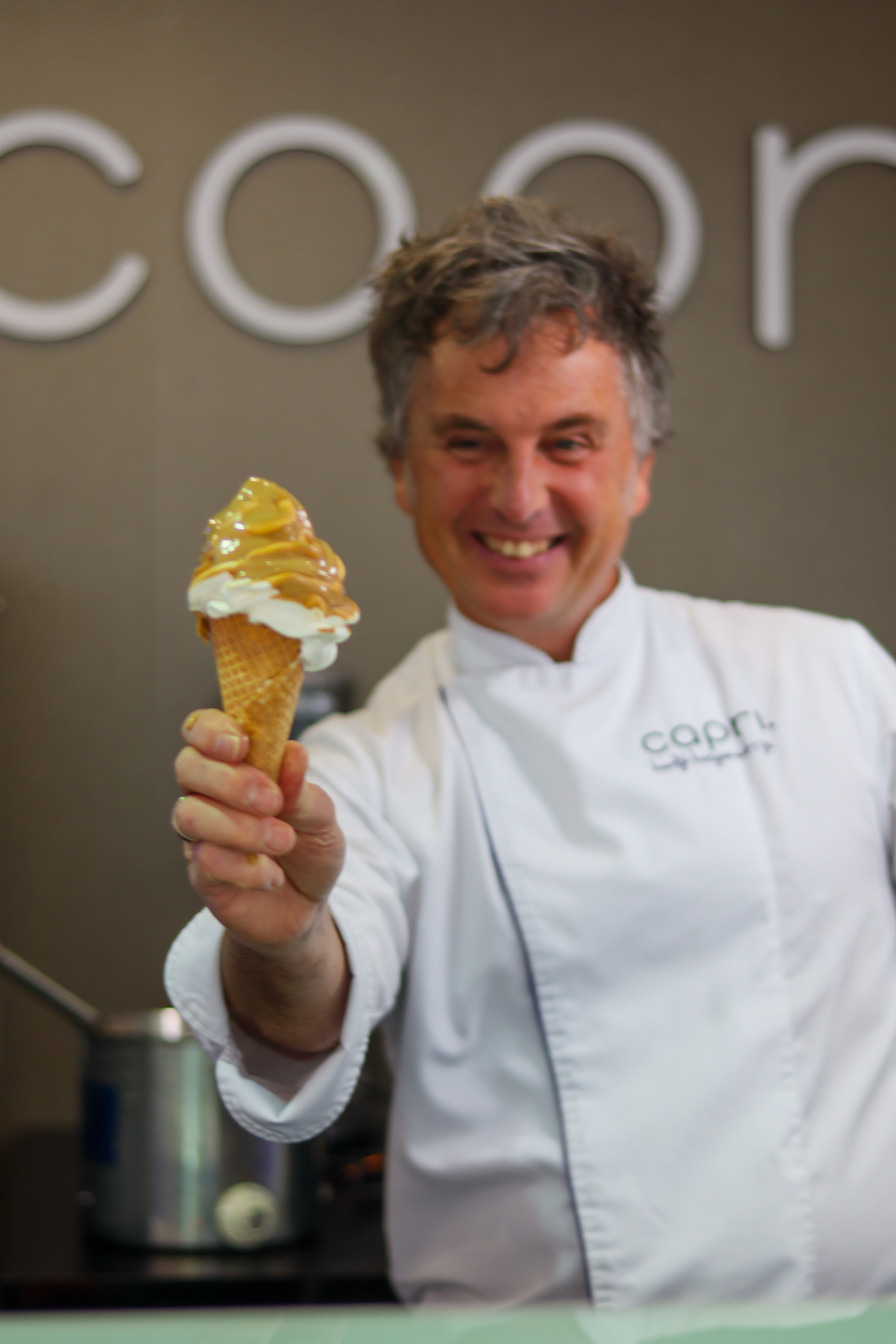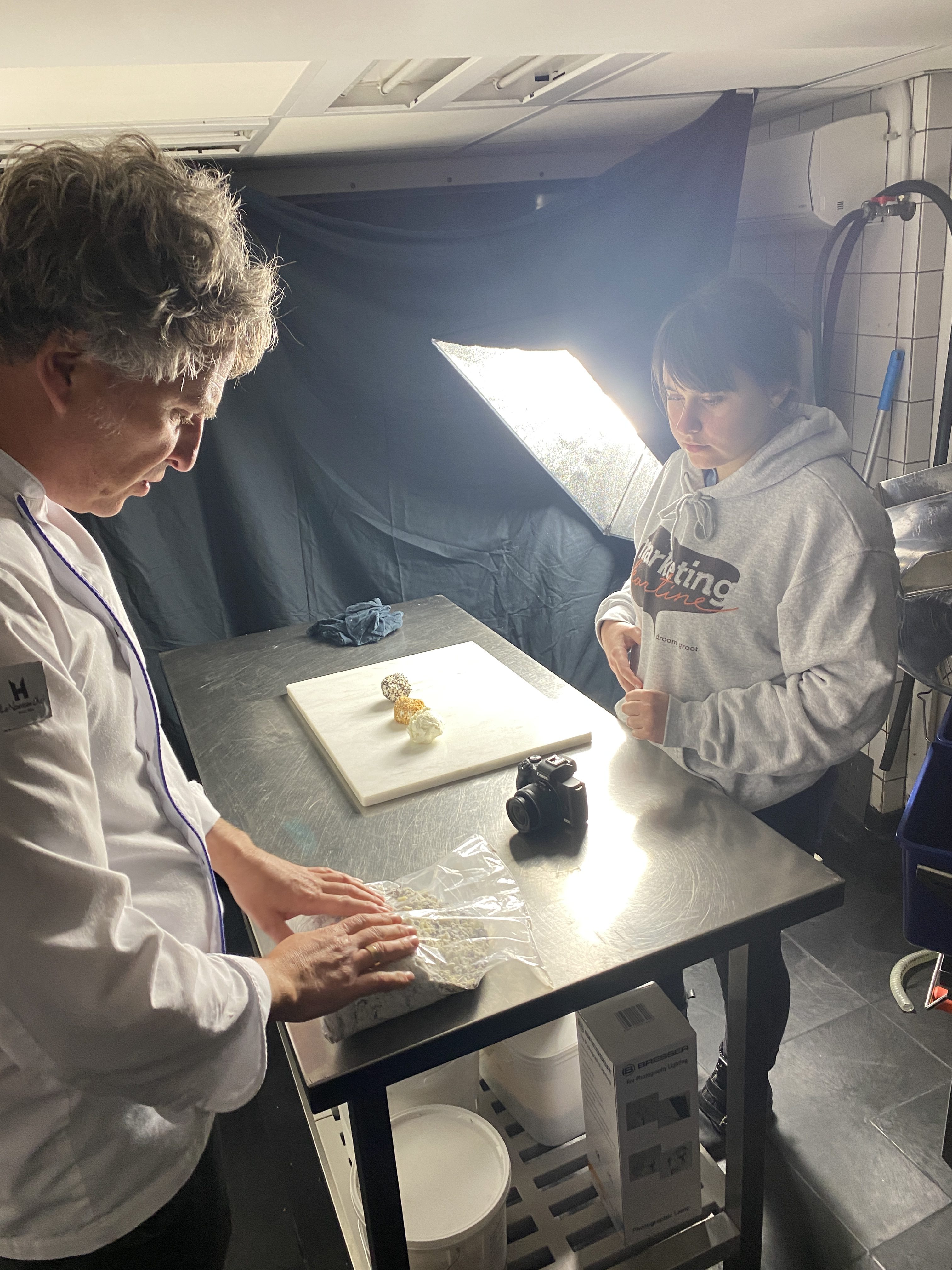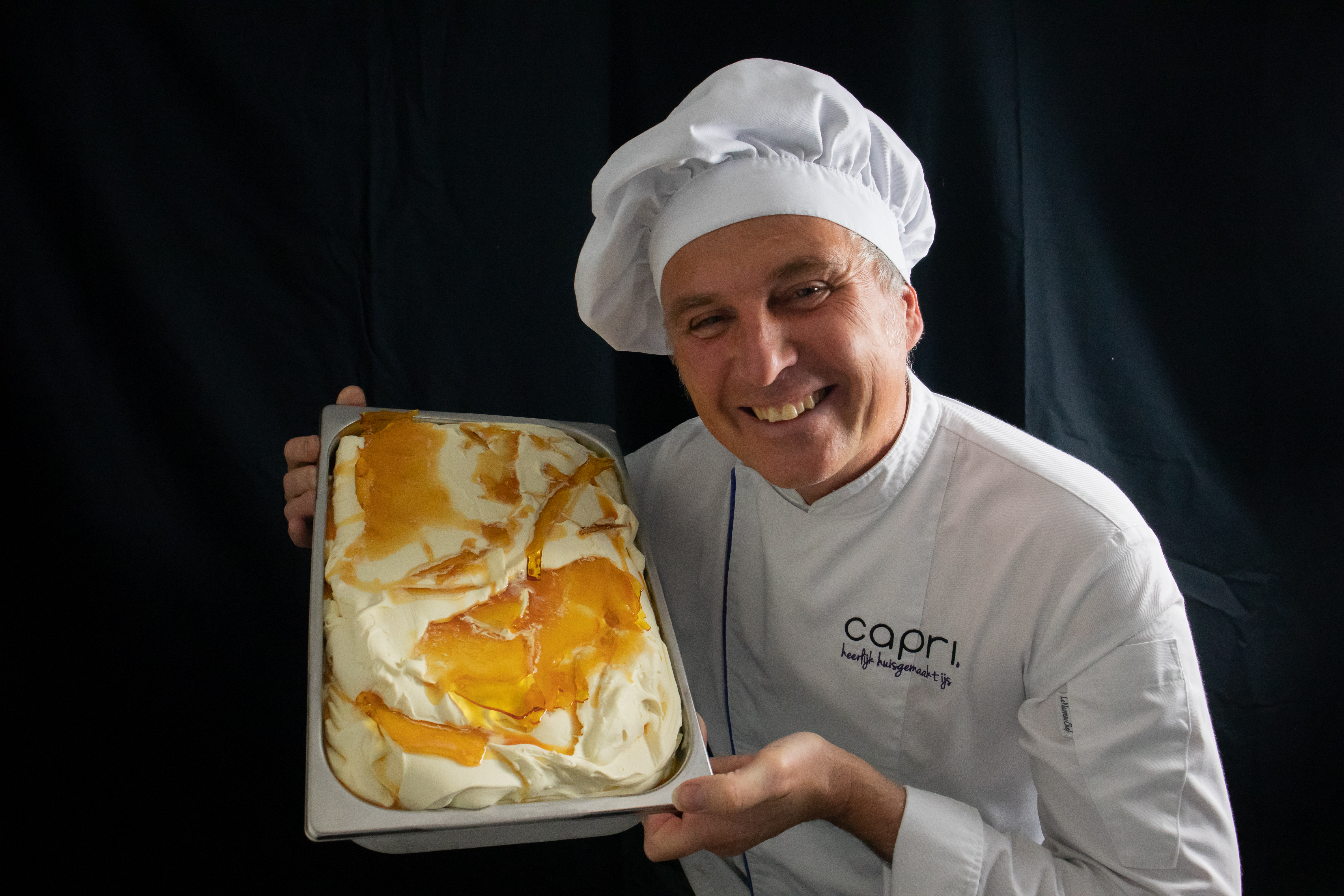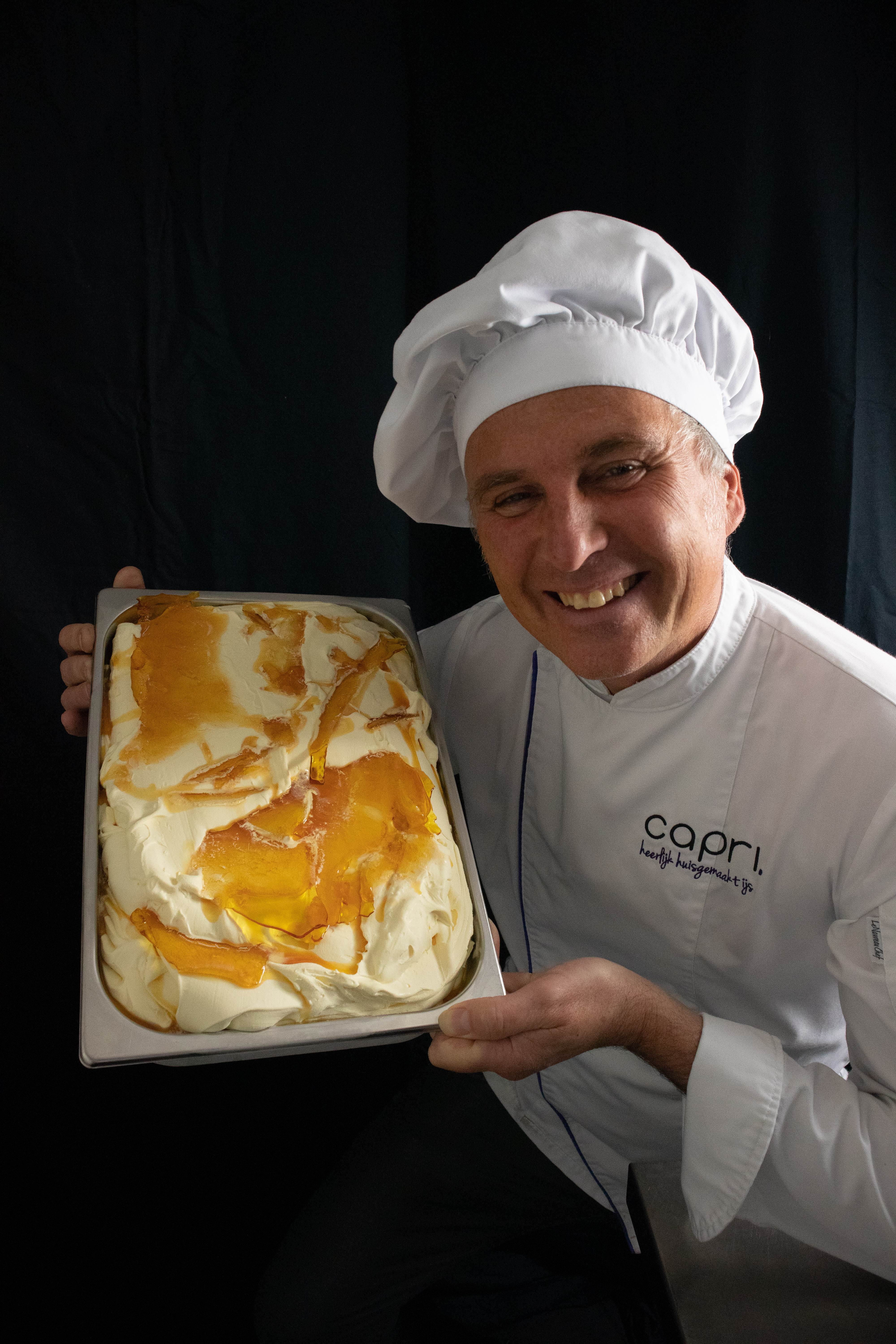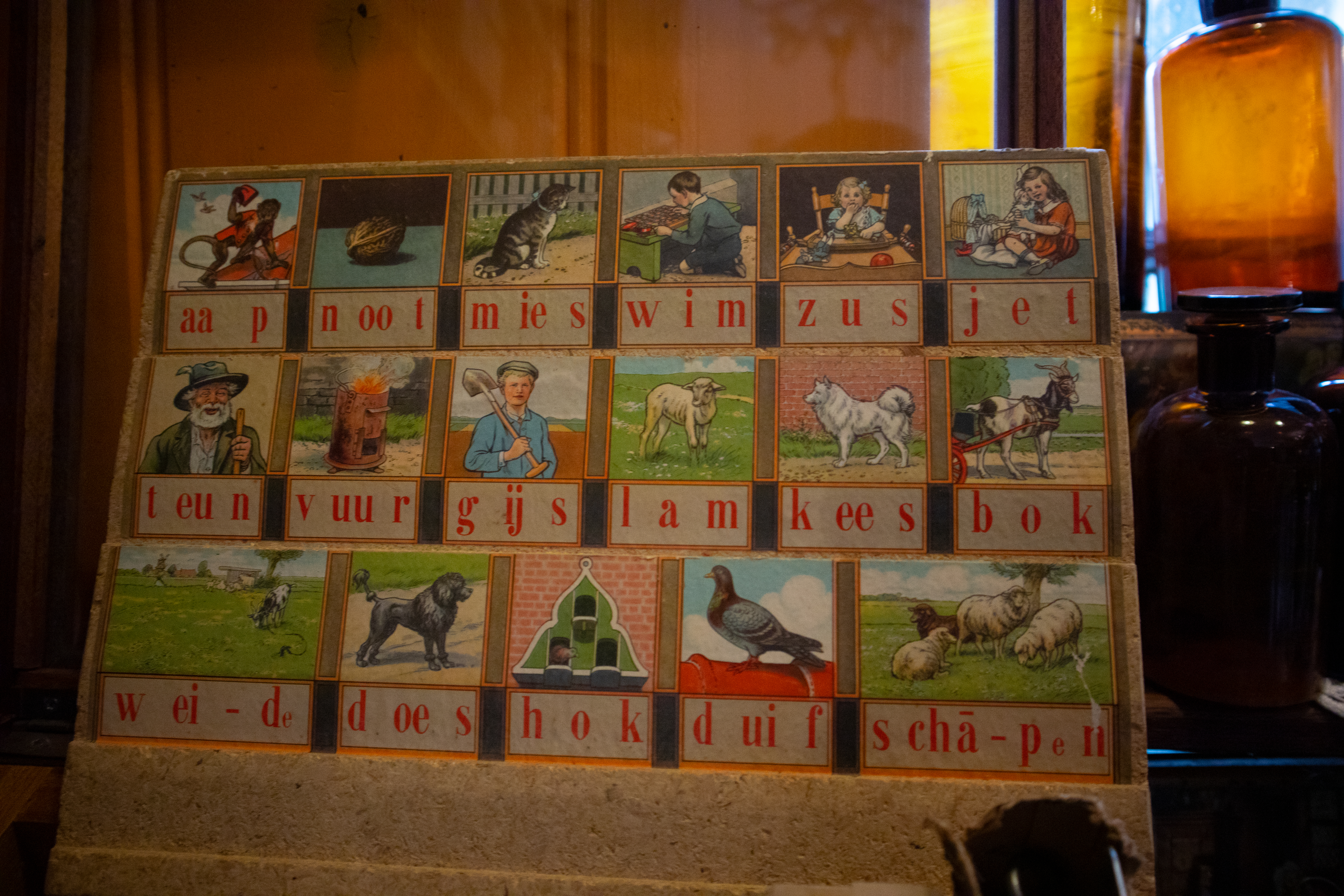
The Dutch alphabet and the timeless “Aap, Noot, Mies” learning method
Learning to read and write is a fundamental part of childhood education, and every culture has its unique approaches to teaching literacy. In the Netherlands, one of the most iconic and enduring methods is the “Aap, Noot, Mies” system. This charming and effective approach has helped generations of Dutch children grasp the basics of reading and writing. In this blog post, we’ll explore the Dutch alphabet and delve into the history and significance of the “Aap, Noot, Mies” learning method.
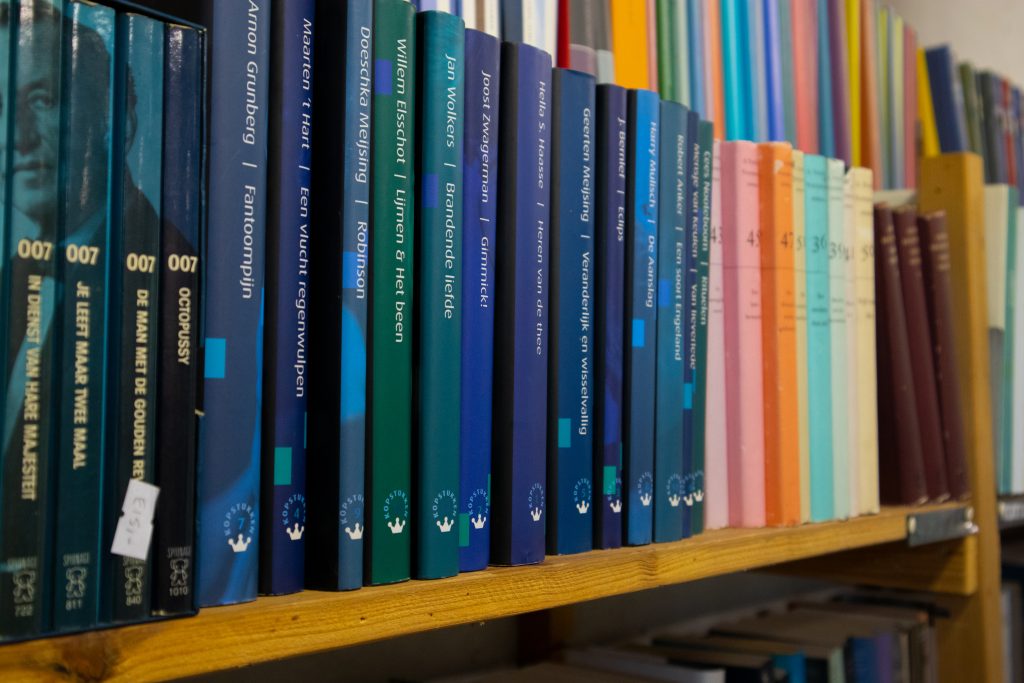
The Dutch Alphabet: An Overview
The Dutch language uses the Latin alphabet, much like English and many other European languages. The Dutch alphabet consists of 26 letters, identical to the English alphabet. However, pronunciation and usage can differ significantly.
The Letters of the Dutch Alphabet
Here are the letters of the Dutch alphabet:
| A | B | C | D | E | F | G | H | I | J | K | L | M |
|---|---|---|---|---|---|---|---|---|---|---|---|---|
| N | O | P | Q | R | S | T | U | V | W | X | Y | Z |
Pronunciation Nuances
While the letters are the same, several have unique pronunciations in Dutch:
- G: Pronounced with a guttural sound, similar to the Scottish “loch.”
- J: Pronounced like the English “y” in “yes.”
- R: Rolled or guttural, depending on regional dialects.
- UI: A unique vowel sound not found in English, a mix between “ow” and “oy.”
- IJ/Y: Both represent the same vowel sound, similar to the English “eye.”
Understanding these nuances is essential for proper pronunciation and comprehension in Dutch.
The history of Dutch literacy education
Teaching methods for reading and writing have evolved over centuries in the Netherlands. Early education relied heavily on rote memorization and repetition. However, the late 19th and early 20th centuries saw innovative approaches aiming to make learning more intuitive and engaging for children.
The emergence of “aap, noot, mies”
One of the most influential methods developed during this period was the “Aap, Noot, Mies” system. This approach revolutionized literacy education in the Netherlands and left a lasting cultural impact.
Exploring the “aap, noot, mies” method
Origins and development
The “Aap, Noot, Mies” method was first introduced in 1866 by Dutch educator Cornelis Jetses, who created a “leesplankje” (reading board) featuring simple words paired with illustrative images. The goal was to associate words with familiar objects and concepts, making it easier for children to recognize and remember them.
The original series of words were:
- Aap (monkey)
- Noot (nut)
- Mies (a female name)
- Wim (a male name)
- Zus (sister)
- Jet (a female name)
- Teun (a male name)
- Vuur (fire)
- Gijs (a male name)
- Lam (lamb)
- Kees (a male name)
- Bok (goat)
- Weide (meadow)
- Does (a dog’s name)
- Hok (pen)
- Duif (dove)
- Schap (cupboard)
Each word was accompanied by a clear, colorful illustration, allowing children to connect the written word with its meaning visually.
Teaching Approach
The method employed visual learning and repetition:
- Visual association: Children would look at the image and say the corresponding word aloud, reinforcing the connection between the object and its written form.
- Phonetic emphasis: The chosen words covered all letters and common sounds in the Dutch language, helping students understand phonetics systematically.
- Repetition and practice: Regular practice with the reading board helped solidify recognition and pronunciation.
This approach made learning to read more engaging and less abstract, particularly effective for young learners.
Cultural Impact and Legacy
The “Aap, Noot, Mies” method became deeply ingrained in Dutch culture:
- Widespread adoption: For decades, it was the standard method used in Dutch primary schools.
- Nostalgia and identity: Many Dutch adults fondly remember learning to read with “Aap, Noot, Mies,” making it a shared cultural experience across generations.
- Art and media: The images and words have been featured in various artworks, educational materials, and even commemorative stamps, highlighting their enduring popularity.
- Modern references: Even today, references to “Aap, Noot, Mies” appear in Dutch media and literature, symbolizing education and childhood.
Modern approaches to Dutch literacy education
While “Aap, Noot, Mies” holds a special place in Dutch educational history, teaching methods have continued to evolve:
Contemporary Methods
- Interactive learning: Modern classrooms utilize technology, including educational apps and interactive whiteboards, to teach reading and writing.
- Phonetic programs: Current methods often focus more on phonetics and linguistic structure, using a variety of texts and exercises.
- Inclusive materials: Educational content now includes diverse characters and situations, reflecting contemporary society.
Balancing Tradition and Innovation
Some educators still incorporate elements of “Aap, Noot, Mies” for its historical and cultural significance, blending traditional methods with modern techniques to create a comprehensive learning experience.
Conclusion
The Dutch alphabet serves as the foundation for communication in the Netherlands, and the “Aap, Noot, Mies” method has played a pivotal role in teaching generations how to read and write. This innovative approach made literacy education accessible and enjoyable, leaving an indelible mark on Dutch culture. As educational methods continue to advance, the legacy of “Aap, Noot, Mies” reminds us of the importance of creativity and engagement in learning.
Whether you’re a language enthusiast, educator or someone interested in cultural history, understanding these educational traditions offers valuable insights into the Dutch language and the methods that have shaped its teaching over time.
Do you have memories of learning with “Aap, Noot, Mies” or similar methods? Share your experiences and thoughts with us!
Links:
- Instituut voor de Nederlandse Taal
- Taalunie
- Taaladvies
- NPO kennis over ontstaan van Nederlandse taal
- Cornelis Jetses Stichting
